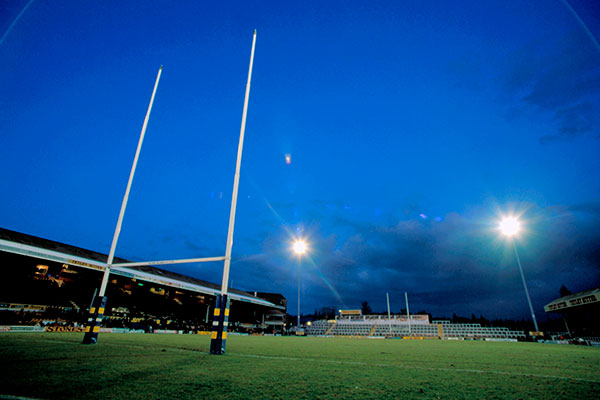A report by the NAO into government action to tackle problem drug use has concluded that there has been good progress in a number of areas, including an increasing number of problem drug users in effective treatment and an increasing number leaving treatment free from dependency. Without an evaluative framework for the Strategy as a whole, the NAO is not able to conclude positively on value for money. Nevertheless, the NAO note that the Drug Treatment Outcomes Research Study (DTORS) has estimated the benefit-cost ratio for drug treatment, the largest element of spending, at 2.5 to 1 and that the programme has delivered some significant successes.
Jump to downloadsIn 2008, the Government introduced a new 10-year Drug Strategy, in succession to the 1998-2008 strategy. It is spending £1.2 billion in 2009-10 with the objective of bringing down the estimated costs to society of problem drug use of £15 billion a year. There is no framework in place for evaluating the achievements of the 2008 Strategy which limits Departments’ understanding of the overall value for money achieved. A framework for evaluation could draw on the existing individual evaluations of measures in the Strategy and would help assess whether funding is being optimally directed at different strategic objectives.
There are an estimated third of a million problem drug users in England. As part of an increased emphasis on drug treatment, funding rose from £481m in 2004-05 to £581m in 2008-09. There has been progress: over that period, the number of adults in effective treatment increased from 134,000 to 195,000 and the number of problem drug users completing their treatment free from dependency rose from 6,000 to 15,000.
The Home Office established a Drug Interventions Programme in 2003 to prioritise access to drug treatment for problem drug using offenders aimed at reducing their offending. Research indicates drug treatment can help reduce drug related crimes. The DTORS study estimated that the average cost of crimes committed per drug user fell from approximately £50,000 per year for those who did not enter structured drug treatment to approximately £40,000 per year for those who did enter structured drug treatment.
Actions to help drug users re-establish their lives have had limited results. Around 80 per cent of problem drug users claim benefits at a cost over £40 million a year. A £13 million a year initiative to get drug users into work has not been successful. Over the period 2006-07 to 2008-09, around 12,500 people a year entered the programme. But the proportion who kept a job for 13 weeks or more has stayed constant at around 8 per cent, costing £11,600 for each drug user who kept a job. In 2008-09, local authorities spent £30 million on services to help get drug users into suitable accommodation, but there is currently no UK research on the efficacy of measures aimed at putting problem drug users into appropriate accommodation.
"Reduction in harm caused by problem drug use presents a complex and chronic challenge. This is being addressed by a series of strategies and programmes and very substantial resources: £1.2 billion a year. It is achieving improved results but we need to learn from experience as we go forward and measure effectiveness and value for money in order to make appropriate adjustments to programmes. So overall performance measurement across the range of programmes needs to be put in place."
Amyas Morse, head of the National Audit Office
Downloads
- 0910297es.pdf (.pdf — 84 KB)
- 0910297.pdf (.pdf — 356 KB)
- 0910297_methodology.pdf (.pdf — 81 KB)
- 0910297_reviews.pdf (.pdf — 489 KB)
Publication details
- ISBN: 9780102963557 [Buy a hard copy of this report]
- HC: 297, 2009-10

